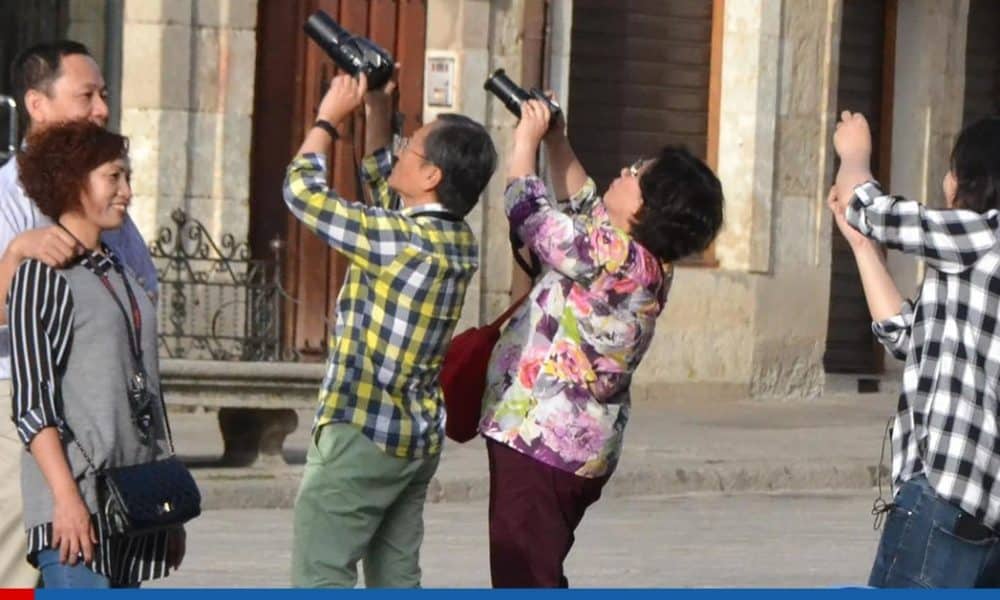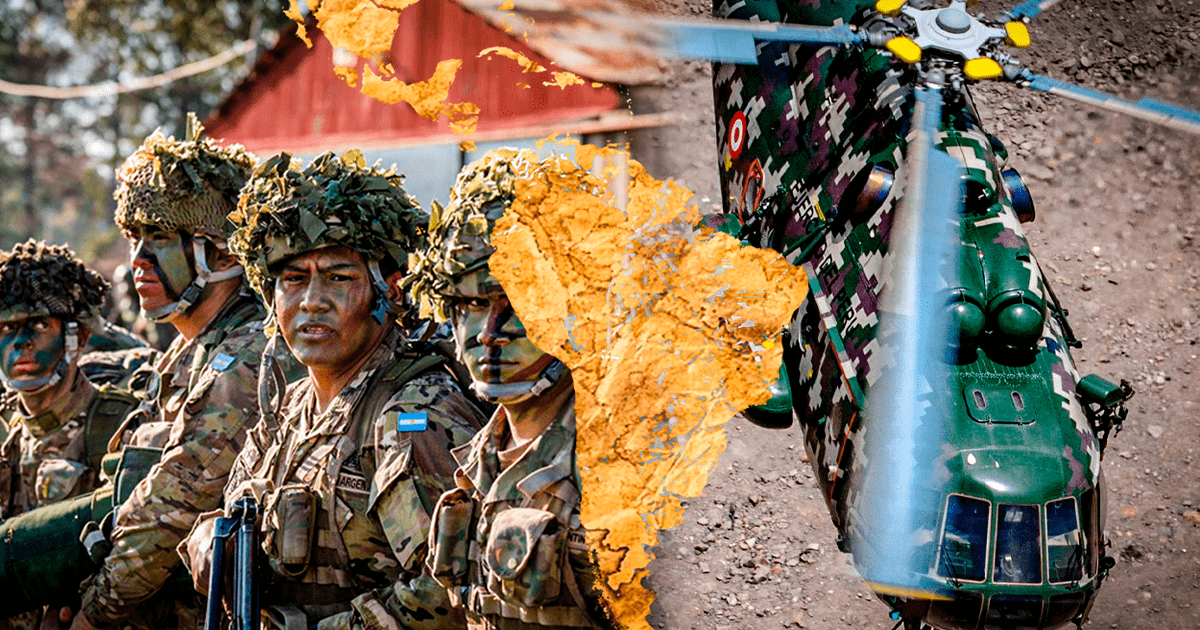EFE Latam Videos
The power of the Andes is felt in the patriarchal festival of Bolivian great power
La Paz, June 3 (EFE).- A riot of colors and music, with a harmony between religion and Andean tradition, was seen this Saturday at the Bolivian Great Power Festival, the largest folk parade in La Paz recognized as traditional intangible. Cultural Heritage of Humanity in 2019. The so-called “Fiesta Mayor de los Andes” was born at the beginning of the last century with indigenous festivals in the populous neighborhoods of La Paz, but it became a large folk parade in 1940. Participants in the 75 Fraternities parade travel about 8 kilometers from Lima, the densely populated Garida neighborhood in the northwest of the city, to the center of La Paz, dancing various Bolivian dances. The neighborhoods of Carita de Lima became street markets full of street vendors from early times, women. The procession is preceded by a group of “Amudas” or Aymara sages, carrying braziers of incense and making requests for prosperity to the Andean deities and Lord of Great Power. Behind them two floats carried a painting and image of Jesús del Gran Poder, surrounded by dozens of dancers and altar boys, then a procession of officials led by La Paz Mayor Ivan Arias, accompanied by representatives of La Paz folklorists. and other municipal officials. “There are three words that define the party of great power, faith, because we are limited, we are mortal, we start from believing in the Supreme. Devotion, because we are preparing every day to be better people. We ask that we be better and better,” Arias told EFE Place said. The mayor expressed his satisfaction as the targets set for this version of the Great Power to be more agile and disciplined were achieved at least by mid-day. The party “is not just a dance, it moves the economy, it moves hope,” the authority said and recalled that last year’s celebration generated $50 million in economic activity on the day of the parade alone. The first fraternity to enter dance and devotion was the “Union de Portadores,” which performed the Diablada, which stages the eternal struggle between good and evil, represented by the Archangel Saint Michael and Lucifer. As they passed in front of the temple of Maha Shakti, the angels and demons surrendered at the feet of the image before going on their way. It was the turn of Morenada Commercial Eloy Salmon, the first of many fraternities to perform that dance, Queen of the Parade. The morenada is favored by the Aymaras as it allows them to display their economic power in luxurious masks, clothes, clothing and jewelry. One of its figures is La Paz’s iconic Cholan, an Aymara woman who gathers her long hair in two braids and wears her traditional dark bowler hat and fine clothing, including skirts and blouses, for this celebration. And draped in bright tones and precious jewels. The men, known as “morenos,” wear heavy suits embroidered with sequins, pearls, and beads, as well as masks crowned with enormous feathers that move from side to side to the rhythm of the slow, measured step of this dance. Many morenatas fraternize with other Bolivian dances such as the salé, performed by tapping, or the vaca tocori, a parody of bullfighting popular in the Bolivian highlands since colonial times. In this dance, the women are dressed as milkmaids with the distinction of wearing many skirts, while the men dress up in imitation of bulls, and cheerful Andean characters resembling cuillos, harlequins or European buffoons and dancing to them in rhythm with lively pirouettes. A solo performance is given by bands of musicians accompanying the dancers, well-dressed and with their own choreography. Gina Baldivieso (c) EFE Agency



:quality(85)/cloudfront-us-east-1.images.arcpublishing.com/infobae/H6HA6TJTRCI5NXZ4SJTKAMLKLM.jpg)
/cloudfront-us-east-1.images.arcpublishing.com/eluniverso/2I7PYQX6ZFGQRNHJYKM2BT43KA.jpg)